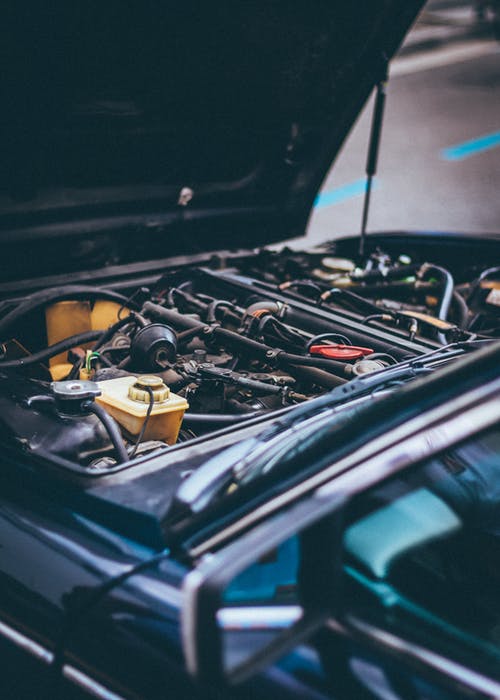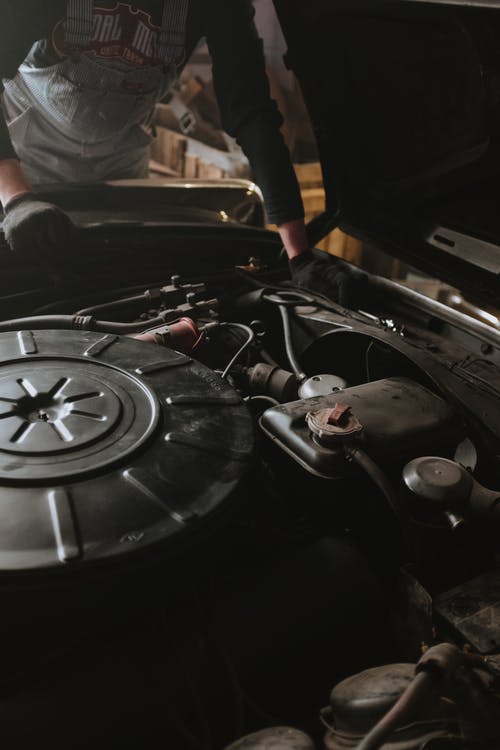You need to consider the compatibility of the lead acid battery with the charger when you are looking to purchase one. Also, because you will be taking it from home to another location, or using it when you are on a vacation, you need to make sure that the battery charger is portable. There are many battery chargers that are available on the market right now and they have different features. So you need to understand the specifics about the battery and what you are using it for before you select the charger.
You can check whether there is a jump start feature in the charger. There are many brands you can consider and one of the reliable brands that are available in the market is the Redarc battery charger. You can find two types of lead acid batteries namely high and low voltage chargers. Any battery that has lower than 50V is considered a low voltage battery. The charger you purchase should match the voltage of your battery and be able to provide a full charge in a short time. These types of chargers are mostly used for charging car batteries. But you need to consider how long the charger will take to fully charge the car battery. If the time is too long, it may not be sufficient to take on a trip but you can keep it as a backup option. Generally, you will be able to charge smaller batteries within about 5 hours and larger batteries in half a day. But you will need to look for higher amperage and a larger battery bank if you are looking to charge the battery in fewer hours.

The lead acid battery is the first rechargeable battery type that was developed. We have become accustomed to the use of rechargeable batteries today and there are many other types that are available as well. The lead acid batteries are easy to use and they are quite affordable. It is not just for car batteries they are used; you can see them used in emergency lighting as well. Lead acid batteries can be charged by CCCV known as constant current constant voltage. It is a regulated current that raises the terminal voltage of the battery. The constant current charge stage is the first step of charging and this takes up the most time. Next, the current will go on to saturate the battery at a lower charge which is called the topping charge. There can be self-discharge of the battery so finally, the float charge will ensure that any lost energy is topped up.

There are certain conditions that are ideal for charging. You need to make sure that you are charging in a dry area that has good ventilation. And when you are charging the battery, you need to make sure you have sufficient time. This is something that will take a few hours so you can’t just wait until an opportunity comes by. You can schedule the charging times so that it makes it easier for you. And you should avoid having the battery connected to the charger too long; you don’t need to over-charge the battery. And you should make sure that the battery has fully charged before you disconnect it.